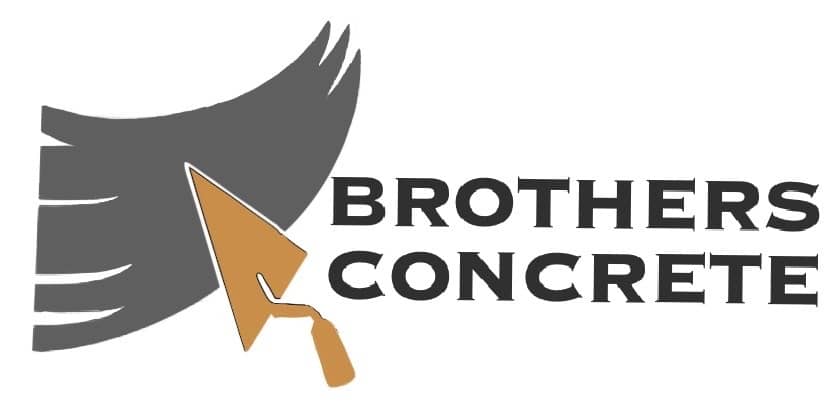Grade, drainage, and traction for sloped driveways
Fort Thomas has real elevation, so a driveway that looks good on day one must also stay safe in the rain and winter. The right plan starts with accurate grades, then sets drainage and traction before talking about finishes. Working with a concrete company that pours on the hills near Tower Park and Highland Avenue keeps details practical and timelines realistic.
Get the slope right first
A driveway should move water away from the house, then toward a safe outlet. On steeper lots, that means breaking the run into segments. Your concrete company can set a gentle apron at the garage, add a mid-span landing if space allows, and use the final segment to send water to daylight or a basin. Cross slope is just as important. A slight tilt keeps flows off the wheel paths so ice does not form where tires track.
Control where water goes
Downspouts that dump onto a slope cause stains and spalls. Tie them into a drain line or a channel that crosses under the slab. At the garage, a trench drain or widened joint catches meltwater before it refreezes. Along the drive, a shallow swale on the high side steals water before it reaches the pavement. Ask your concrete company to mark these paths on the ground so you can see how the system works before the forms go in.
Build a base that will not slide
Steep approaches need a base that resists movement. Crews should step the subgrade where it drops, compact in thin lifts, and add edge support at the low side to protect against tire shear. Thickness should match use—four inches for daily drivers, six inches where delivery trucks turn or where the slope is severe. A concrete company will also tighten joint spacing so panels can move without random cracking.
Choose traction, then add style
Finishes must stay grippy. A light broom texture is the standard for sloped driveways. Exposed aggregate at landings or near the street adds extra bite without looking out of place. If you want a design touch, keep it simple: a contrasting band at the sidewalk or a short stamped panel near the entry looks sharp without making the whole drive slick. Your concrete company can show nearby examples so choices feel easy.
Plan access during the project
On tight streets, staging matters. Crews may need to park a truck on Highland Avenue or a side street and use a buggy to reach the forms. Clear paths protect lawns and keep sidewalks clean. Your concrete company should map demo day, pour day, and the cure window so you know where to park and how to get deliveries while the slab gains strength.
How to compare estimates
Ask each concrete company to spell out base depth and compaction, target psi, fibers, joint layout, saw cut timing, and the curing plan for hot or cold snaps. Request photos of sloped projects in Fort Thomas with age notes so you can see how they hold up. Share any issues with winter icing and where downspouts discharge. Clear details now mean fewer surprises later.
Contact our Concrete company for your Fort Thomas driveway layout and estimate.
Read the next blog in the loop: Keep water moving on Crescent Springs patios.
